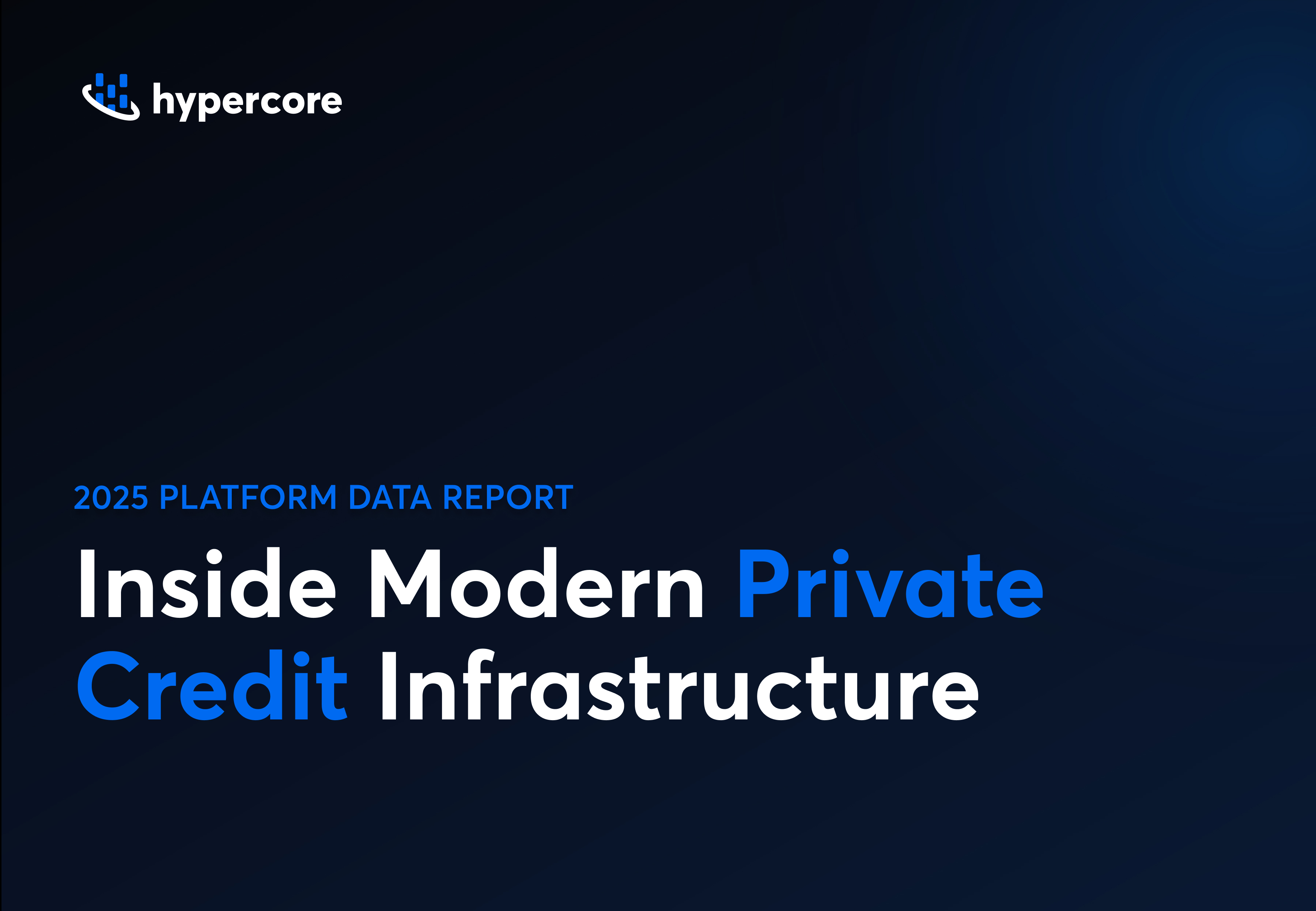Data Management

Mar 27, 2024
3 min

In the challenging landscape of non-bank lending, data accuracy and integrity are paramount. This blog post unveils seven indispensable strategies for maintaining data quality, a critical aspect with numerous compliance requirements. From leveraging automation to conducting regular audits, these strategies are designed to streamline processes and elevate data integrity. Dive in to learn how you can navigate these complexities with confidence, ensuring insightful decision-making and regulatory readiness.
As financial landscapes evolve, non-bank lenders face increasing challenges in maintaining the accuracy and integrity of their data. Data-driven decision-making requires reliable information. When it comes to your data, “garbage in garbage out.” Implementing robust loan management software is not just about automation; it's a strategic move to ensure data accuracy and integrity, ultimately leading to better insights, streamlined reporting, and preparation for any regulatory or compliance needs. Let's explore 7 essential tips for maintaining your data quality.
Manual data entry is a breeding ground for errors. Leveraging the automation capabilities of loan management software lets you reduce reliance on manual input. Automated data entry not only accelerates processes, it also minimizes the risk of human error. Implementing intelligent workflows that capture and input data seamlessly ensures accuracy from the start.
Data accuracy is founded on proactive validation. Loan management software lets you establish comprehensive data validation protocols. This includes real-time validation during data entry, ensuring only accurate information is accepted. By incorporating validation checks for key data points, you create a frontline defense against errors that could spread throughout your system.
Standardized data formats are crucial to maintain data accuracy and consistency. Establishing clear standards for data entry means all information adheres to predefined formats. A loan management software enables standardized data formats, which can come in the form of picklists, dropdowns, and currency formatting, for example. This extends to naming conventions, date formats, and other critical data elements. Consistent data standards enhance clarity, simplify analysis, and contribute to a more accurate and reliable database. And, data standardization makes it simpler to run consistent reports that provide better insights.
Empower your team with comprehensive training on the nuances of data management. From understanding the importance of accurate data to the specifics of data entry within your loan management software, well-informed users play a crucial role in maintaining data integrity. Regular training sessions and awareness programs can instill a data-centric culture within your organization.
Data integrity is not only about accuracy. It’s also about controlling who can access and modify information. Implementing role-based access controls within your loan management software lets you define user roles and permissions based on job responsibilities. This ensures that only authorized personnel can make changes to critical data, reducing the risk of unintentional alterations. And it ensures you comply with regulatory standards for data access and security requirements.
Data quality is an ongoing process, not a one-time task. Regular data audits and enhancement routines should be integrated into your operational workflow. Set schedules for reviewing and auditing the data stored in your loan management software. Identify and rectify discrepancies, inaccuracies, or duplications promptly. This not only ensures clean data but also contributes to more reliable reporting and analytics. And, it means you’re ready for any regulatory shifts requiring data extraction.
Keep a close eye on data change logs provided by your loan management software. These logs offer a trail of modifications, additions, or deletions within the system. Regularly monitor these logs to quickly identify and address any unexpected changes. Tracing alterations back to specific users or timeframes enhances accountability and aids in maintaining data accuracy.
Your loan management decisions hinge on the precision of data. Maintaining data accuracy and integrity is non-negotiable when dealing with sensitive data with many compliance requirements. Implementing and upholding these tips within your organization not only safeguards against errors but also elevates the overall quality of the data in your loan management software. By fostering a culture of data stewardship and utilizing the capabilities of SaaS-based platforms, non-bank lenders can navigate the complexities of data management with confidence.

Industry
Tech
Jan 5, 2026